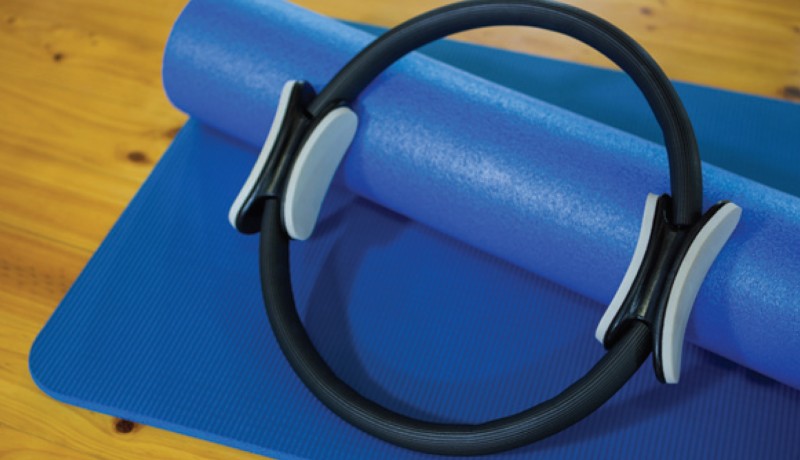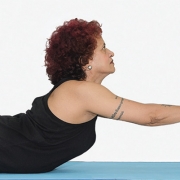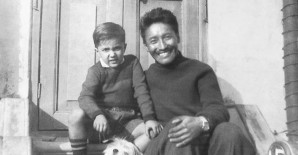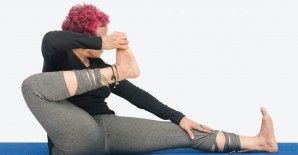
Columns

Shameem Akthar recommends the Pilates circle to add value to your practice
The Pilates circle, also called the magic circle, is a new one on the block. It is engaging for that reason. It is also one of the most challenging props you can use. It uses the Pilates philosophy of isometric contractions and using muscles dynamically even when in a static posture and immediately adds value to your yoga practice.
Most people, especially those who practise on their own, tend to settle comfortably in a pose and switch off effort. This is counterproductive not just on the physical level but at a mental one. On the physical level, the body gets ‘bored’ with the pose and will not enhance the benefits—the muscles must be challenged actively for the benefits to accrue. On the mental level, once you switch off effort, the mind gets back to its loopy thinking, not even alert to the pose. Intriguingly, neuroscientists like Elizabeth Blackburn believe this habit of the mind can speed aging of the brain. The Pilates circle keeps both mind and body challenged. As it has an elastic effect, when you are not too strong, you can just use it as a circle. But as you get used to it, you can begin to exert some effort on it. You can use this circle for arm strengtheners, while doing arm circles, the palm tree pose (tadasana), seated forward bends, backbends and squats, to name a few. There are several books on its use as well as online tutorials that you can access once you get the hang of it.
In a simple tadasana, you can hold the circle in your hands at shoulder level in front of you. Lightly apply pressure to it. There are attachments on which you can place your palm. Extend away from the body. This way, you will not load the joint. Similarly, you can place the circle between the thighs when doing the chair pose (utkatasana) and press lightly. However, this challenging prop needs strength. Initially, build up your basic pose, then add the prop to up the ante.
YOGIC MOVES
Cobra pose (bhujangasana)
Lie down on your stomach. Keep the circle in front of your face, extending the arms. Grasp it firmly with both hands on top. Keep your feet apart if you are still new to this or together if you are comfortable with the basic cobra. Inhale; as you exhale, press lightly down on the circle. Inhale and release pressure. Exhale and exert. Do this five times.
Benefits: This enhances all the benefits of the cobra pose. It builds stamina and tones the arms superbly.
KREEDA YOGA
Mukta sanketah – dumb charades
Players can split into small group of twos or threes (depending on total number of participants). Each group mimes a scene. The group that guesses the mimed scene/word gets the points. The final tally, after all groups have taken their turn, will decide the winner.
Benefits: This game, popular across culture and ages (and over time), helps you think out of the box and promotes cognitive and communication skills. It also provides a form of entertaining stress called eustress, which has a positive impact on overall quality of life.
Shameem Akthar is a Mumbai-based yoga acharya. If you have any queries for her, mail us or email at
contact.us@harmonyindia.org. (Please consult your physician before following the advice given here)
Photo: 123RF.com Featured in Harmony — Celebrate Age Magazine October 2017
you may also like to read
-
Mental workout
Mukul Sharma tells you how to keep those grey cells ticking Everyone will ultimately lose his or her brain….
-
Helpline
Dr Harshbir Rana answers your queries on personal and social issues related to ageing, elder care and intergenerational relationships ….
-
Off the cuff
Raju Mukherji pays tribute to his first hero, Tenzing Norgay, an exemplary mountaineer Darjeeling, 1955. Dr ‘Pahari’ Guha Mazumdar….
-
Yoga RX
Shameem Akthar shows ways to control debilitating ankle pain through regular practice Ankle pain is so common and prevalent….








